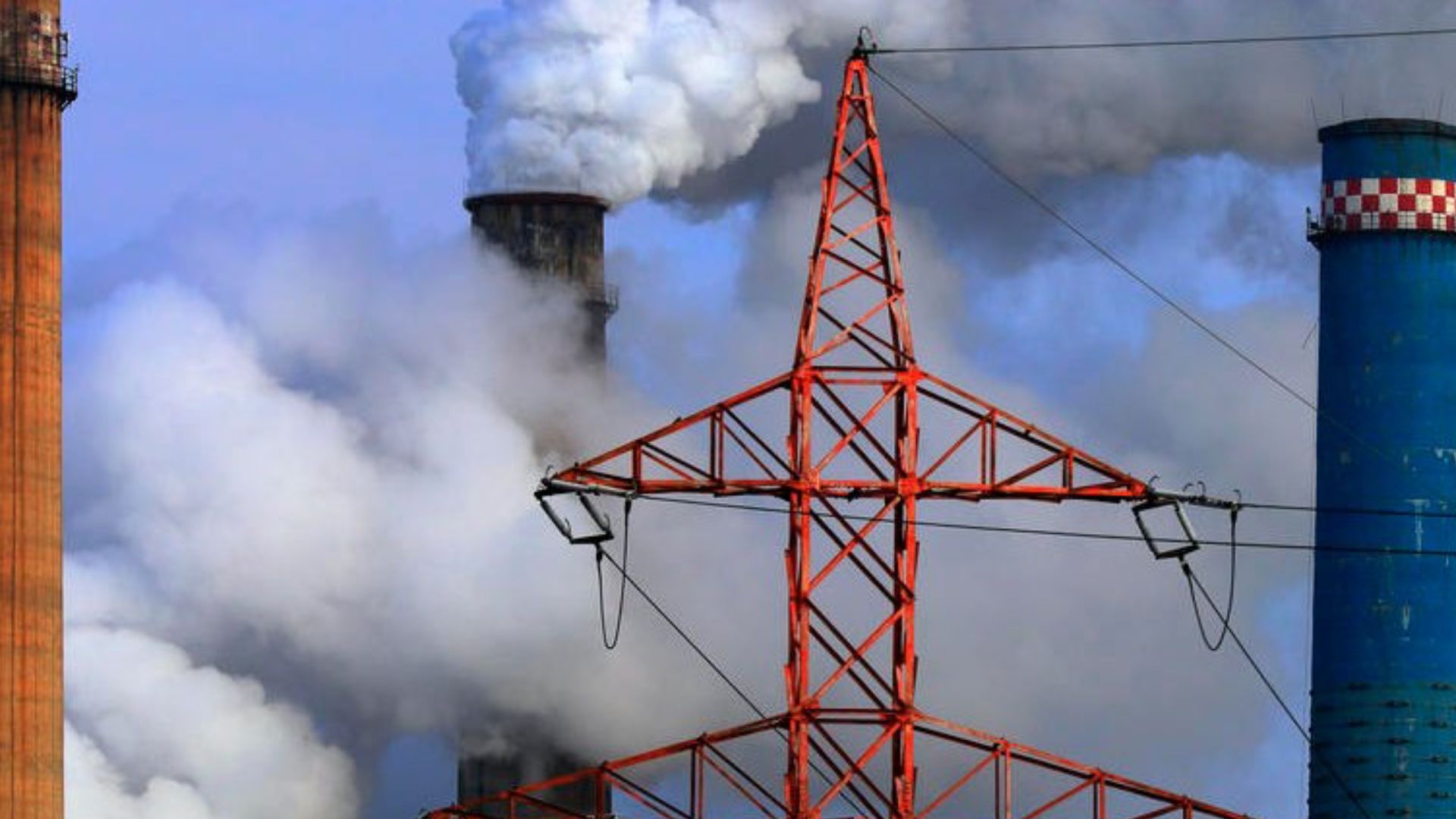Romania's Diverse Energy Landscape: From Rich Oil History to Nuclear Ambitions and Renewable Expansion
- Romania | 3 July 2019

Romania’s energy landscape is a reflection of its extensive history in the oil and gas sector, which has spanned over 150 years. Additionally, the country has a century-old tradition of extracting and utilizing natural gas. This historical legacy has endowed Romania with a substantial oil and gas infrastructure. However, it also has a complicated past, including unsustainable extraction during the socialist era in the 1970s.
Currently, Romania imports about 65% of its crude oil and 10% of its natural gas, making it one of the less energy-dependent states in the European Union. Coal mining has also played a significant role in Romania’s economic development, with two main coal types, hard coal in Jiului Valley and lignite in the Oltenia region. Hard coal and thermal coal power plants drove industrial progress in the mid-19th century, transforming the Jiului Valley into a hub for power generation. In the 1980s, these coal-fired plants began to cogenerate heat, supporting regional district heating systems.
However, the state-owned coal companies, Complexul Energetic Hunedoara and Complexul Energetic Oltenia, currently face substantial economic challenges. These difficulties are largely attributed to the soaring cost of CO2 emission allowances within the EU Emissions Trading Scheme (ETS) which reached nearly €30 in April 2019. Coal-fired power plants must purchase these allowances for every ton of CO2 they emit. Adding to the complexity, the state has exhausted its legal means to subsidize these coal companies. The lignite-fired plants, contributing approximately 24% to Romania’s electricity production annually (and up to 40% in winter), are irreplaceable in the short term.
Romania has heavily relied on nuclear energy for over two decades, serving as a cornerstone of its energy system. In light of ambitious decarbonization goals, Romania is poised to reinforce its commitment to low-emission power generation through nuclear energy expansion.
Currently, Romania’s two nuclear reactors at Cernavoda, operated by state-owned Nuclearelectrica S.A. (SNN), generate a consistent 20% of the country’s electricity. The extension of the life of Unit 1, commissioned in 1996, is planned from 2026 to 2028. Furthermore, there is a broad political consensus that completing the construction of two new reactors, initiated in the 1980s, is essential. In 2014, a memorandum of understanding was signed between SNN and China General Nuclear Power Group (CGN) for two new nuclear CANDU reactors, each with a net capacity of 670 MW. Progress was limited until recently when a Preliminary Investors Agreement was signed in May 2019. This agreement mandates the creation of a joint venture project company, primarily owned by the Chinese side, with an expected production start date of 2027.
Amid the push for clean energy, Romania should also explore fourth-generation nuclear reactors. These smaller, modular, safer, cost-effective, and quicker-to-build systems are gaining traction globally. Exploring such technologies alongside renewable expansion, energy efficiency enhancements, and grid digitalization will be vital for Romania.
Renewable energy (RES) has experienced significant investment growth in Romania over the past decade, particularly in wind power. The country is home to Europe’s largest onshore wind park, the 600 MW Fantanele-Cogealac owned by CEZ Group in the Dobrogea region. This growth was initially fueled by a supportive RES scheme established through Law 220/2008, which included a mandatory quota system and green certificates (GCs) trading.
However, the RES support scheme was abruptly curtailed just two years after its introduction. Last year’s draft National Energy Climate Plan 2021-2030, proposed by the Romanian Government, set a modest 27.9% target for renewable energy by 2030. This target faced criticism and was challenged by the European Commission, which advocated for a 34% renewable energy target for Romania by 2030.
Hydropower holds a vital position in Romania’s renewable energy mix. State-owned Hidroelectrica S.A., with a capacity of around 6,500 MW, plays a pivotal role in the nation’s energy system. It not only contributes significantly to overall electricity production but also helps balance the grid through its hydro dams’ storage capabilities.
Given that most of Romania’s hydro power plants were constructed between 1960 and 1990, there is a pressing need for substantial refurbishment and modernization efforts. Additionally, Hidroelectrica plans to build approximately 200 MW of new capacities, pending environmental permits.
Furthermore, Romania has considered the construction of the 1,000 MW Tarnita-Lapustes pumped storage plant, listed as a project of national interest. However, the project faces economic and environmental challenges. Future pumped storage capacities are likely to be smaller in scale, geographically dispersed, and socially accepted, narrowing down the list of viable projects.
The Romania’s energy landscape is marked by its historical legacy, ambitious nuclear plans, and a growing emphasis on renewables and hydropower. As the nation navigates its path towards a greener future, balancing energy security, environmental concerns, and decarbonization goals will be paramount.








